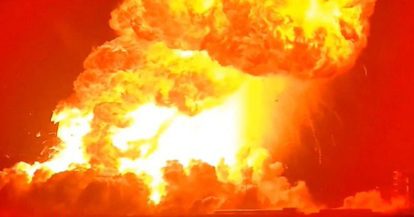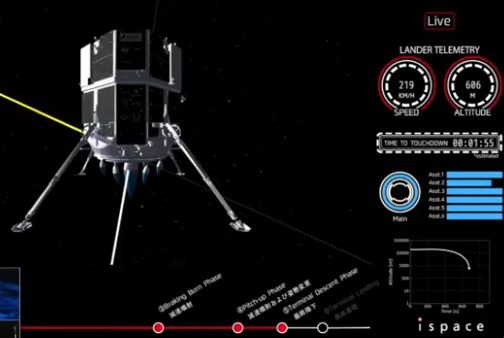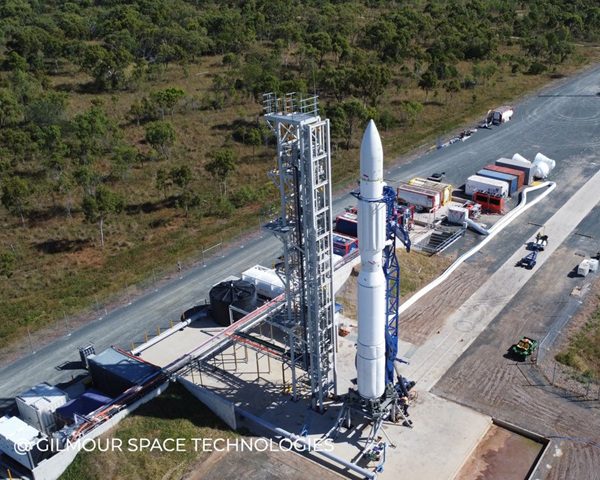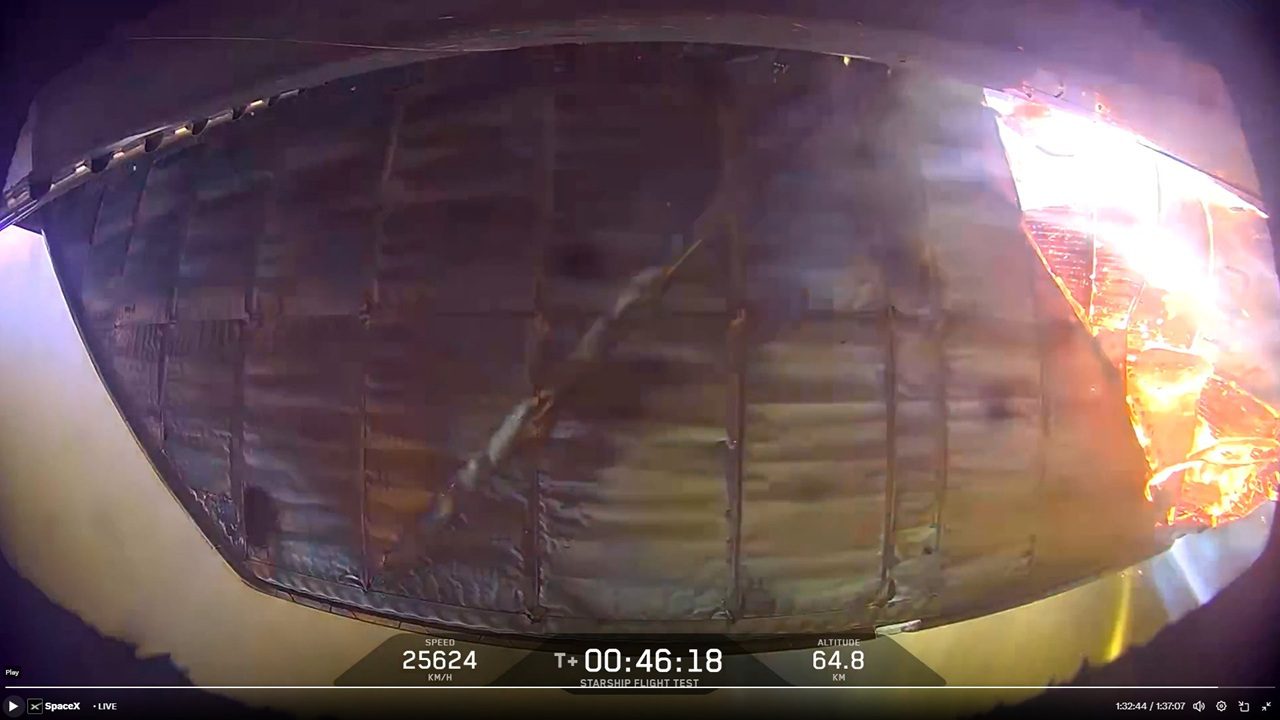With Hurricane Irma bearing down on Florida and little chance for another attempt the following day, at 1400 GMT, 7 September, a SpaceX Falcon 9 rocket lifted-off from Launch Complex 39A, Kennedy Space Center, United States. The mission was for the US Air Force (USAF) and carried one of the classified X-37B reusable spaceplanes built by Boeing Phantom Works. The launch marks the fifth X-37B launch and the first time the USAF has trusted one of its X-37Bs to a non-ULA (United Launch Alliance) launch provider.
The X-37Bs tend to operate in Low Earth Orbit (LEO), generally around 400 km altitude, with an inclination between 38 – 43.5 degrees from the equator. It has been indicated by the USAF that this mission will operate at a higher inclination than previous missions.
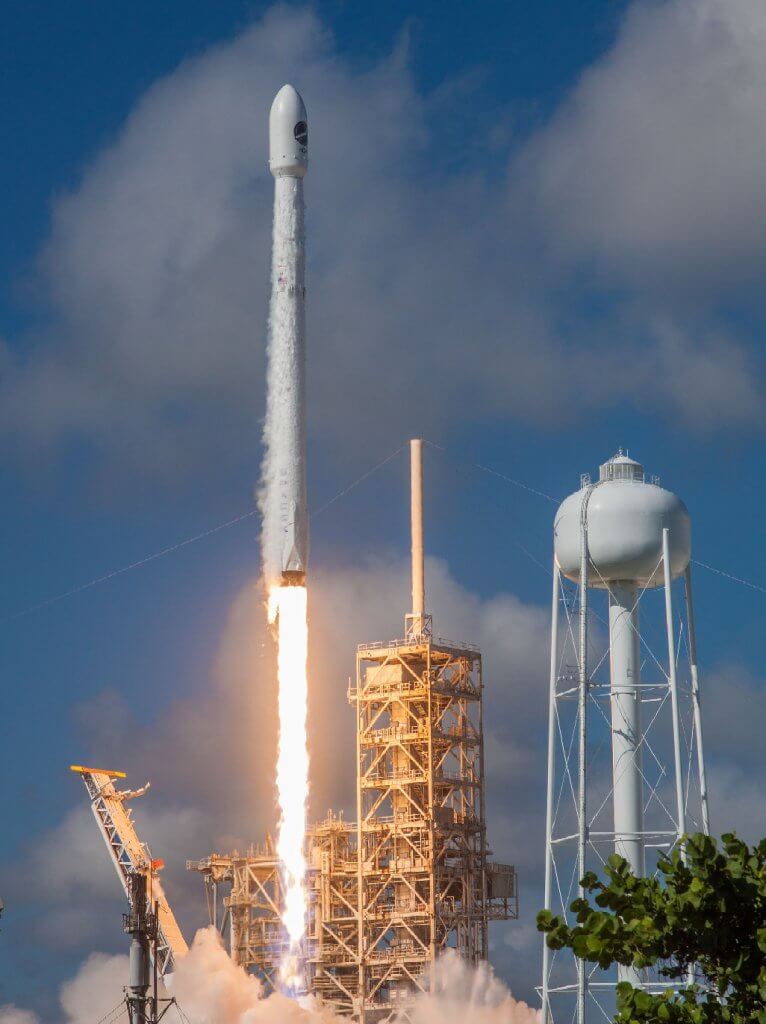
A SpaceX Falcon 9 lifts-off carrying a X-37B spaceplane. Courtesy of SpaceX
In addition to a reportedly successful launch – the launch livestream was terminated early as per USAF instructions – the Falcon 9 first-stage completed its landing manoeuvre, returning to Landing Zone 1 (LZ-1) – what was previously Launch Complex 13 – eight minutes and 14 seconds after lift-off. This is the 16th first-stage that SpaceX has managed to recover.
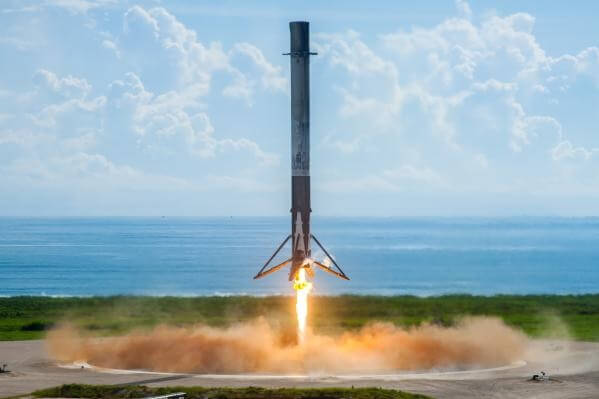
The first-stage of the Falcon 9 returns to Earth and lands back at Cape Canaveral. Courtesy of SpaceX
The USAF is known to operate two X-37Bs however, due to the secret nature of the project it is unknown which one of the two has been utilised for this mission. Some parameters about the crafts are known however, the spaceplanes are about 1/4 the dimensions of a NASA Space Shuttle, and tend to weigh between 5-6 tonnes.

